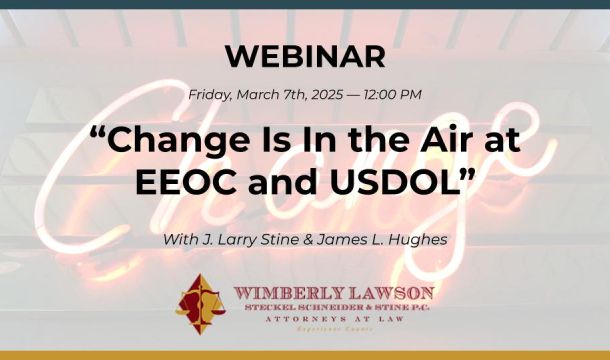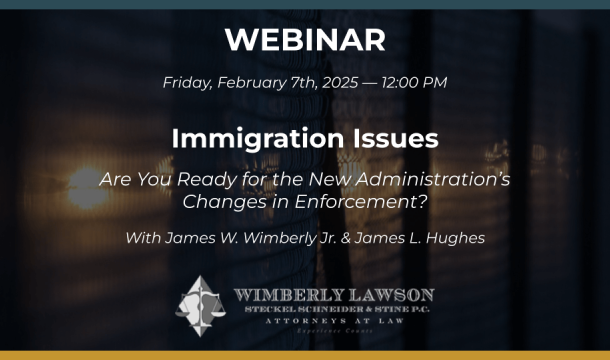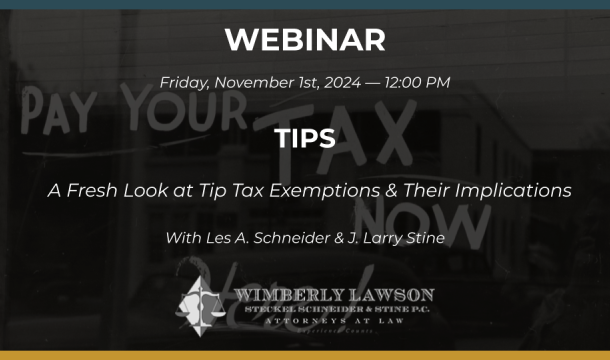New Salary Threshold Proposed for Overtime Exemption
After what must be record-setting deliberations, the U.S. Department of Labor (DOL) has published plans to raise the salary threshold – the amount a salaried administrative, executive, or professional employee must be paid in order to qualify as exempt from overtime – from $455 per week ($23,660 annually) to $679 per week ($35,308 annually). This is the minimum amount an employee must be guaranteed as a weekly salary, not subject to deductions for missed days or hours of work, in addition to satisfying other job-duty criteria to qualify as exempt from the Fair Labor Standards Act (FLSA) general obligation to pay 1.5 times an employee’s “regular rate” for every hour worked over 40 in any work week. DOL is soliciting yet more comment from the public, but the change is estimated to take effect January 1, 2020.
Regular readers may recall that in 2016, during the waning days of the Obama Administration, DOL proposed a much larger increase – to $955/week or $47,500/year – which would be indexed for inflation and would have fundamentally changed the FLSA so that any employee earning less than that amount would automatically be entitled to overtime pay regardless of their job duties. As employers scrambled to comply, the regulations to carry out this change were successfully challenged, and a District Court in Texas enjoined them, finding that they were inconsistent with the FLSA’s architecture for exemptions which was focused on job duties, not pay amounts. There were also legal problems with DOL’s proposed automatic formula to index the rates for inflation.
DOL’s new proposal is not indexed for inflation but will be reviewed every four years. DOL calculated the new dollar amount by applying the same methodology used in 2004, looking at earnings of full-time salaried workers in the lowest-wage census region (then, as now, the South) and in the retail sector. The proposed rule also would raise the threshold for “highly-compensated employees” from $100,000 annually to $147,414 per year, also determined by examining current pay levels. There are a few other changes:
- Employers will be allowed to include certain nondiscretionary bonuses (such as those tied to productivity or profitability) and incentive payments like commissions that are paid annually or more frequently towards up to 10 percent of an employee’s salary to meet the threshold;
- Employers can make an annual “catch-up” payment to bring an employee’s compensation up to the required level;
- There are special (lower) salary thresholds for US territories and possessions such as Puerto Rico, the Virgin Islands, Guam, and American Samoa;
- And special daily and weekly pay rules for the motion picture industry.
Comment: The current salary threshold, $455/week, has been in place since 2004, when it was raised from $225/week, at the time barely more than minimum wage. Some state and local governments have increased the salary requirements for the white-collar exemption. In California the 2019 salary requirement is $45,760 for small employers and $49,920 for large employers (26 or more employees) and in New York depending on the counties, the salary requirement ranges from $832 a week to $1,125 a week. Please check your local state requirements.
Many believe the new proposed rule is a sort of compromise between those favoring higher or lower salary requirements. Reports indicate that the new salary level will affect around 1 million persons, while the earlier and higher salary requirement would have affected about 4 million. The proposed rule will be open for public comment for sixty (60) days, and legal challenges can be expected once the final rule is published. The plan is that the final rule will be published sufficiently before the 2020 election that the regulation will be difficult to overturn if a Democrat wins the White House.
Various strategies to meet the new salary requirement when it goes into effect include increases in salary in order to meet the new exempt salary requirements, or reclassification as hourly resulting in approximately the same hours worked and the same total pay, even with overtime hours. Of course, employers may reduce non-exempt employees' hours, but care should be given to any reclassifications where they could also result in a loss of fringe benefits related to salary status. Remember also that even if the salary is sufficiently high for the executive exemption to apply, the employees' primary duties must be to manage the enterprise or a department or subdivision of the enterprise, and to customarily and regularly direct the work of at least two employees, and the employee must have the authority to hire or fire, or his or her suggestions and recommendations as to hiring, firing or changing the status of other employees must be given particular weight.
Questions? Need more information? Call Larry Stine or Jim Wimberly at (404) 365-0900
Related Content
Get Email Updates
Recent Content

Some of the Controversial Issues Currently Being Faced by Employers in Light of Recent Developments

Frequently Asked Questions About Recent Immigration-Related Actions

Issues on DEI from EEOC and DOJ

The Constantly Changing Work Authorization Rules

New Administration Faces Temporary Injunctions against DEI Termination and Firing of NLRB Member



